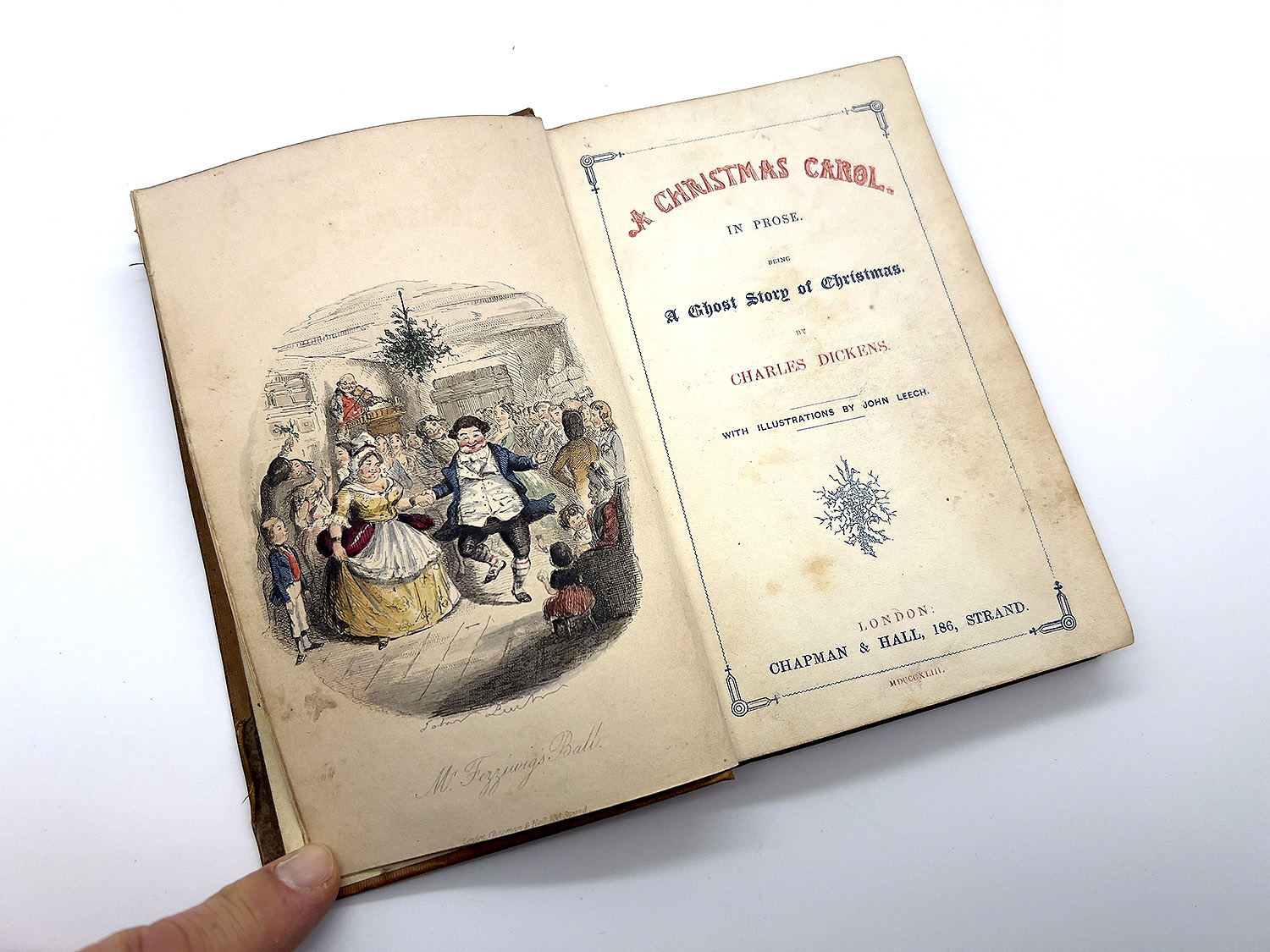Christmas Decorations
Most of us enjoy decorating our houses for Christmas but have you thought about the history
13/12/2023 Blog
Most of us enjoy decorating our houses for Christmas but have you thought about the history of festive decorations.
It is believed that the Romans as long ago as 5th century BC were the first to decorate their homes and temples with evergreen boughs and were part of a Pagan festival called Saturnalia which was held in mid December in honour of Saturn the God of Agriculture.
Germany is credited with the introduction of the Christmas tree in the 16th century when a tree was placed in a Cathedral in 1539 and from then onwards devout Christian’s began decorating trees in their homes. Wooden pyramids decorated with evergreens and candles were also a popular Christmas decoration at this period. A star symbolizing the Star of Bethlehem or an angel to symbolise the angels in the Navity of Jesus were used to surmount these trees.
The Christmas tree was first seen in Britain in 1835 but its popularity grew after Queen Victoria and Prince Albert were sketched in the Illustrated London News in 1846 with her family round a Christmas tree. As a popular monarch what was done at court soon became fashionable with the people so the tradition of putting up a decorated tree at Christmas time began.
The first Christmas cards were introduced in London in 1843 illustrated by John Calcott Horsley the same year as Charles Dickens published his Christmas novel “A Christmas Carol” featuring Ebenezer Scrooge. Sheffield Auction Gallery had the pleasure of selling a 1st edition of this book in our December Fine Art sale and it realised £2,200.

The traditional Christmas colours are red and green but have thought what they symbolise?
Red to is represent the blood of Christ and green everlasting light and life.
Early Christmas trees were adorned with apples, candy canes and pastries in the shapes of stars, hearts and flowers. Glass ornaments originated in the small town of Lauscha in Germany in the later half of the 19th century when Hans Greiner made garlands of glass beads to drape round a Christmas tree. Soon the town became the hub for glass Christmas ornaments with many family run firms. A glass tube was heated over a flame and then inserted into a clay mould with craftsman blowing to expand the glass into the required shape. A cooled silver nitrate solution was swirled onto the ornaments to produce a silvering effect.
The first artificial Christmas tree was introduced in 1930 by the Addis Houseware company.
Vintage glass ornaments are always popular in our fortnightly sales of Antiques and Collectables whether they be from the end of the 19th century or up to the 1960’s and make a unique and decorative addition to any tree.